Find Help
More Items From Ergsy search
-

North Yorkshire Diabetic Eye Screening Programme - A day in the life
Relevance: 100%
-
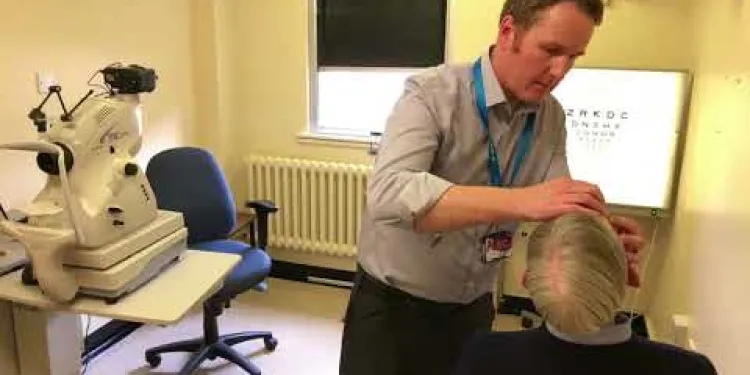
Derbyshire Diabetic Eye Screening - Diabetic Eye Screening
Relevance: 60%
-
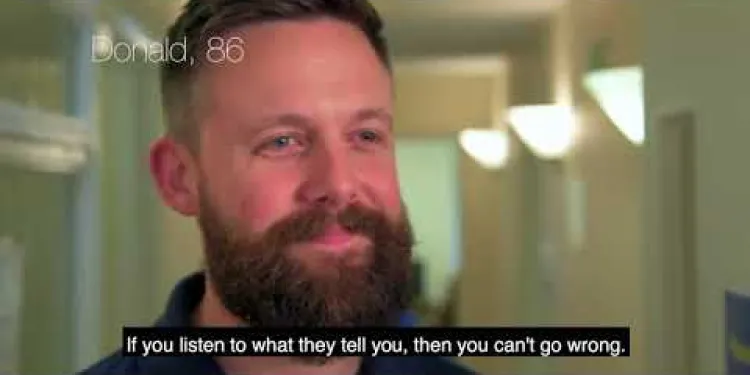
Diabetes Eye Screening
Relevance: 59%
-

Derbyshire Diabetic Eye Screening - Your Screening Appointment
Relevance: 53%
-
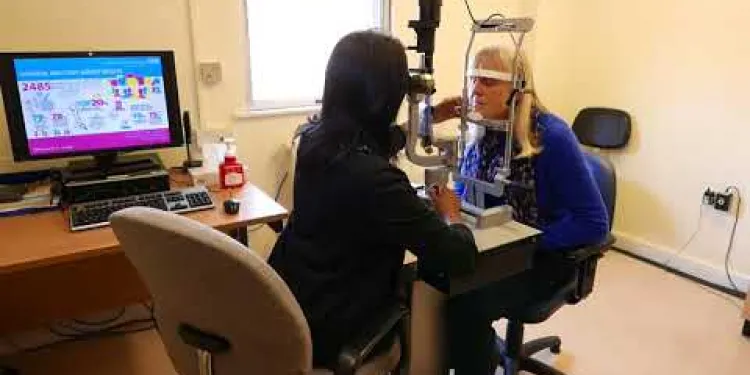
Derbyshire Diabetic Eye Screening - Assessment Clinic Appointment
Relevance: 49%
-
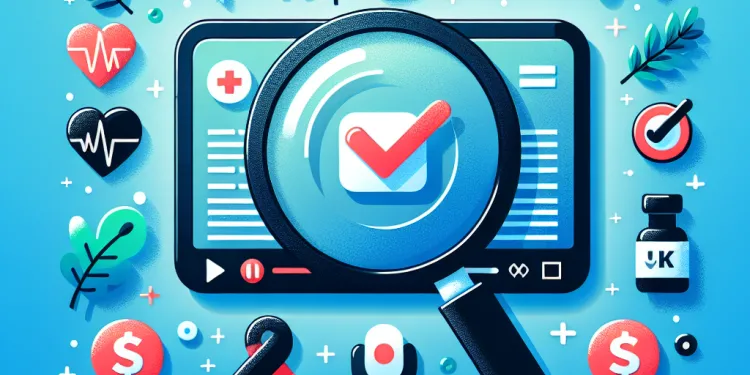
Health Screenings You Should Know About
Relevance: 29%
-
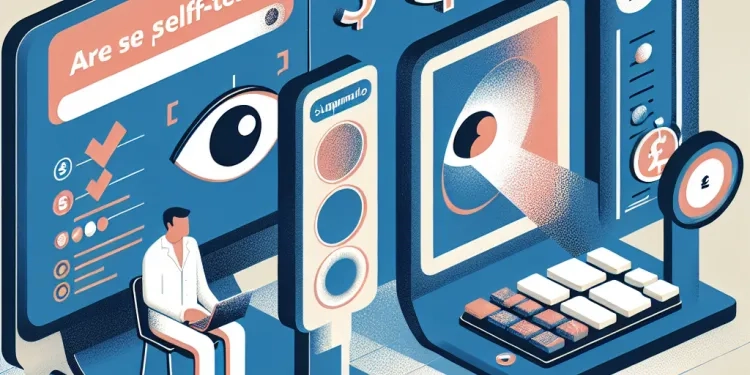
Are self-tests a substitute for professional eye exams?
Relevance: 25%
-

Eye Injections at Royal Bournemouth Hospital
Relevance: 24%
-

Can I use a smartphone for self-testing my eyes?
Relevance: 24%
-
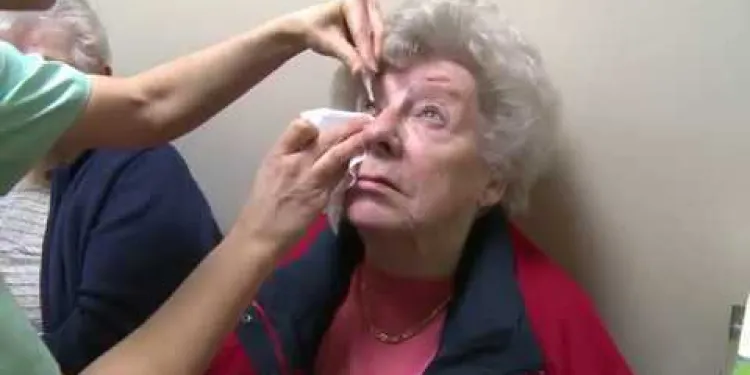
Eye Injections at Royal Bournemouth Hospital
Relevance: 24%
-
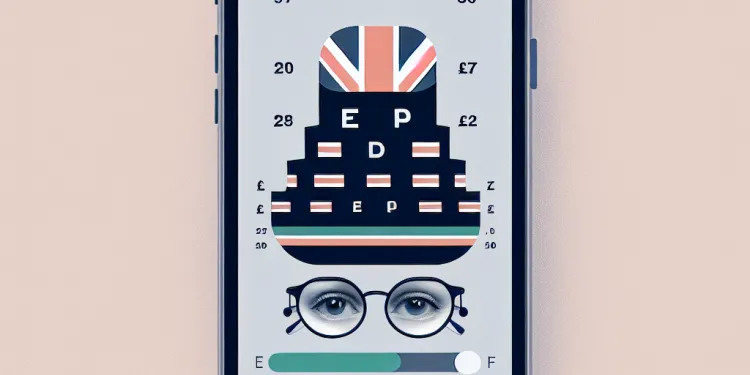
How accurate are app-based eye tests?
Relevance: 24%
-

What is self-testing for eye patients?
Relevance: 23%
-

What are the limitations of self-testing for eyes?
Relevance: 22%
-
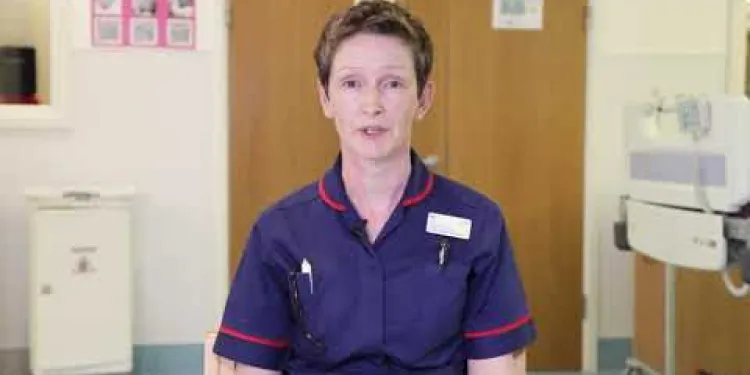
Gestational Diabetes during pregnancy
Relevance: 22%
-
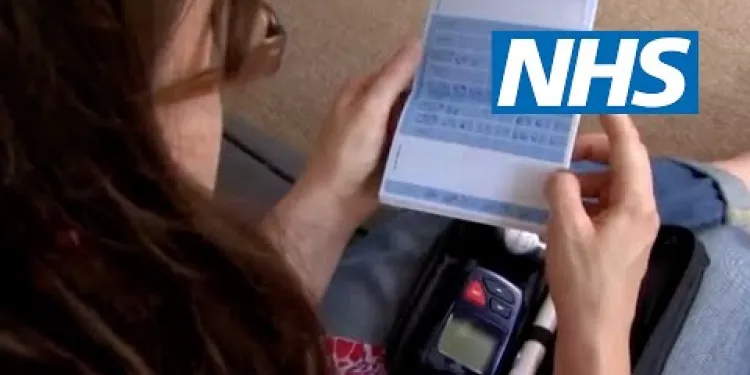
Gestational diabetes | NHS
Relevance: 22%
-

Should I share the results of my self-tests with my eye doctor?
Relevance: 22%
-

How often should I self-test my eyes?
Relevance: 22%
-

Why would someone need to self-test their eyes?
Relevance: 22%
-

What are the symptoms of Type 2 Diabetes?
Relevance: 22%
-

Can self-testing detect all eye conditions?
Relevance: 22%
-

How is Type 2 Diabetes treated?
Relevance: 22%
-

Do I need any special equipment for eye self-testing?
Relevance: 22%
-
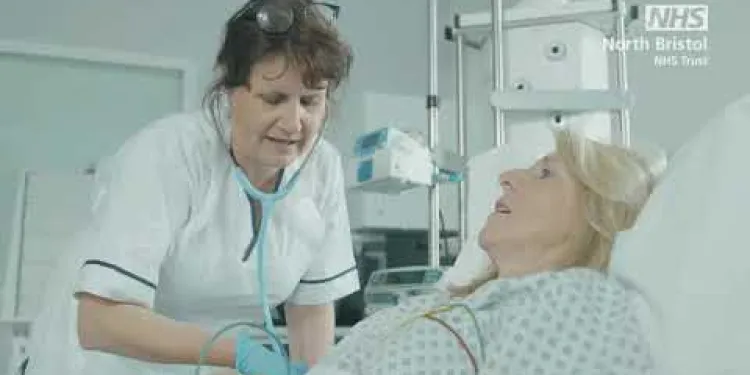
Your stay on the Intensive Care Unit at North Bristol NHS Trust
Relevance: 22%
-

What complications are associated with Type 2 Diabetes?
Relevance: 21%
-

Are there any self-tests for eye pressure?
Relevance: 21%
-

Is Type 2 Diabetes hereditary?
Relevance: 21%
-
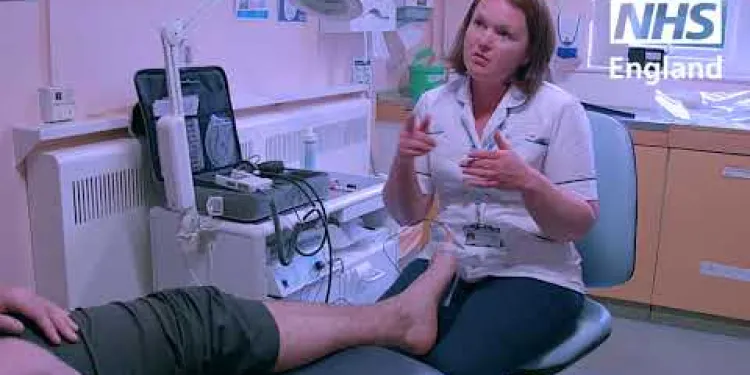
Improving outcomes for people with diabetes
Relevance: 21%
-
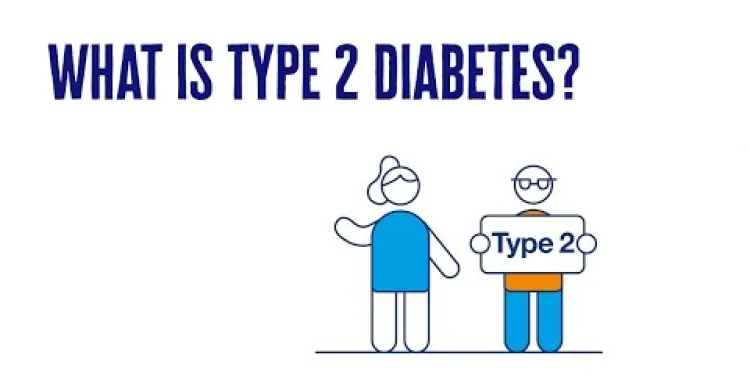
What Is Type 2 Diabetes? | 2 Minute Guide | Diabetes UK
Relevance: 20%
-
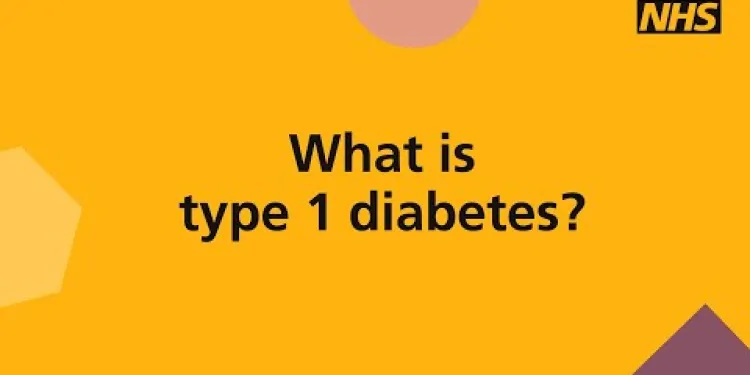
What is type 1 diabetes?
Relevance: 20%
-
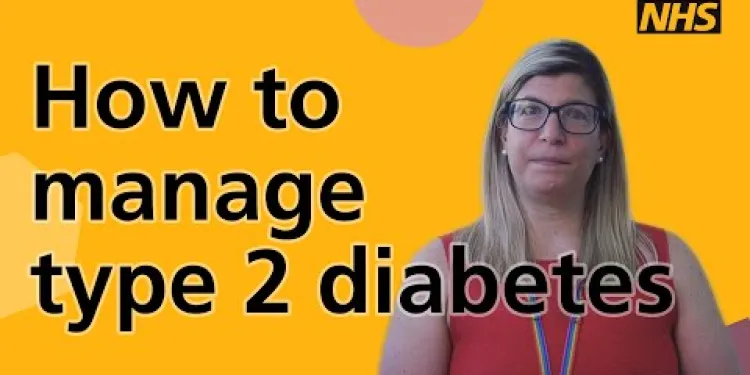
How to manage type 2 diabetes
Relevance: 20%
-

Type 2 diabetes - common signs and symptoms UHL NHS Trust
Relevance: 20%
-

Should people with a concussion avoid screens and technology?
Relevance: 20%
-
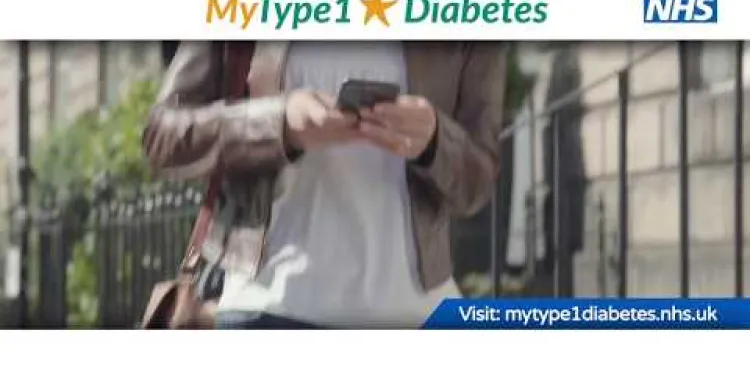
Type 1 Diabetes supporting adults to manage Type 1 diabetes
Relevance: 20%
-

How is Type 2 Diabetes diagnosed?
Relevance: 20%
-
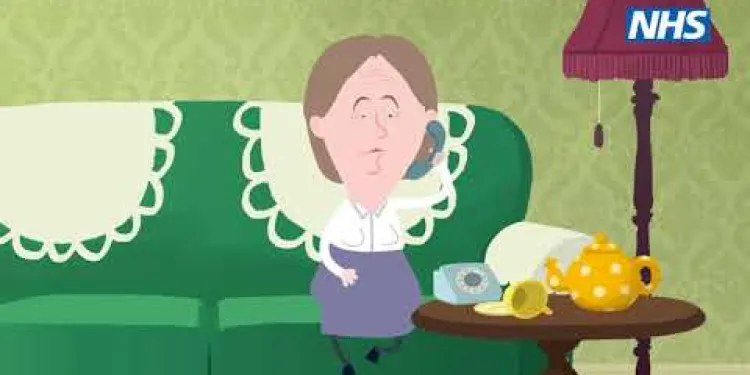
West Midlands LEHN Animated Video on Eye Health
Relevance: 20%
-

NHS Diabetes Prevention Programme; Preventing Type 2 and improving outcomes for people with diabetes
Relevance: 19%
-

A Radiotherapy appointment in east and North Hertfordshire
Relevance: 19%
-

Can Type 2 Diabetes be prevented?
Relevance: 19%
-
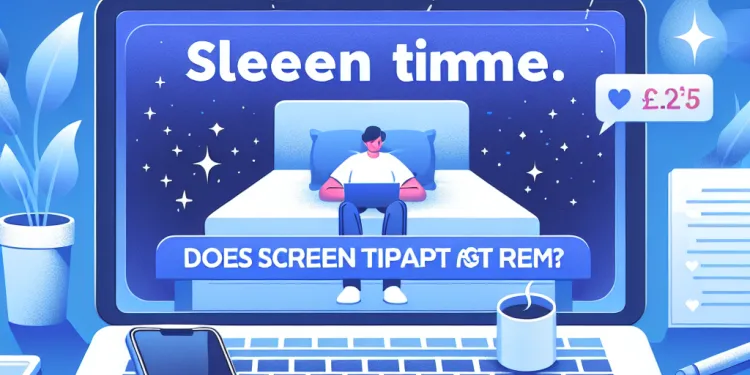
Does screen time impact REM sleep?
Relevance: 19%
-

What types of self-tests are available for eye patients?
Relevance: 19%
North Yorkshire Diabetic Eye Screening Programme - A Day in the Life
Introduction to Diabetic Eye Screening
The North Yorkshire Diabetic Eye Screening Programme plays a crucial role in preserving the vision of diabetic patients by detecting early signs of diabetic retinopathy. This comprehensive service is delivered by a team of dedicated professionals who meticulously screen and assess the eye health of individuals with diabetes. Let's explore what a day in their life entails.
Morning Preparations
The day starts early for the team. By 8:00 AM, the screening venue is set up with all necessary equipment, including high-resolution digital cameras and pupil-dilating eye drops. Pre-appointment checks are conducted to ensure all systems are operational. The first patients usually start arriving by 9:00 AM, and the team reviews patient lists and medical histories to ensure everything is in order.
Screening Sessions
Screening sessions begin promptly. Each patient is welcomed and given a brief overview of the procedure. Pupil-dilating drops are administered, which require around 15 minutes to take effect. Patients undergo a series of high-quality retinal photographs, which are later examined by specialists. The process is carried out smoothly, ensuring that each patient spends minimal time waiting.
Data Analysis and Reporting
Once the photographs are taken, they are carefully analysed by specialist graders. The images are examined for signs of diabetic retinopathy or other eye conditions. Results are typically available within a few days and are shared with both the patients and their general practitioners. If any abnormalities are detected, patients are referred for further treatment promptly.
Afternoon Follow-ups
Afternoons are usually dedicated to follow-ups and administrative tasks. The team contacts patients who may need additional care or urgent referrals. Detailed reports are compiled and records updated. The administrative staff ensures that future appointments are scheduled, and reminders are sent out to ensure patients adhere to their screening schedules.
Team Coordination and Training
The team convenes for a brief meeting at the end of the day to discuss any issues or improvements. Continuous professional development is a key focus, so time is often allocated for training sessions or updates on the latest advancements in diabetic eye care. This ensures that the team remains adept at providing the highest standard of care.
Conclusion
The dedicated team at the North Yorkshire Diabetic Eye Screening Programme plays an essential role in managing and preventing eye complications in diabetic patients. Their meticulous work and commitment to patient care ensure that individuals with diabetes can maintain their vision and quality of life. This daily routine, though demanding, is profoundly rewarding for both the professionals involved and the patients they serve.
North Yorkshire Diabetic Eye Screening Programme - A Day in the Life
Introduction to Diabetic Eye Screening
The North Yorkshire Diabetic Eye Screening Programme helps people with diabetes to take care of their eyes. This programme finds problems early to stop them from getting worse. The team works hard to look at the eyes of people with diabetes. Let's see what they do each day.
Morning Preparations
The team starts early in the morning. By 8:00 AM, they have their equipment ready, like special cameras and eye drops. They check everything to make sure it works. Patients start coming at 9:00 AM. The team checks the patient lists and their medical information before starting.
Screening Sessions
Screenings start on time. Each patient is welcomed and the procedure is explained. Eye drops are given to make the pupils bigger. This takes about 15 minutes. Then, the team takes pictures of the eyes. These pictures are looked at by experts later. The team makes sure patients don't have to wait too long.
Data Analysis and Reporting
Experts look at the eye pictures for any signs of problems. Patients get their results in a few days. Results are shared with the patient's doctor too. If there are any problems, patients are sent for more care quickly.
Afternoon Follow-ups
In the afternoon, the team does follow-ups and paperwork. They call patients who need more care. They write reports and update records. They also schedule future appointments and send reminders to patients.
Team Coordination and Training
At the end of the day, the team has a meeting to discuss their work. They also have training sessions to learn about new ways to care for eyes. This helps them stay good at their jobs and provide the best care.
Conclusion
The team at the North Yorkshire Diabetic Eye Screening Programme helps diabetic patients keep their eyes healthy. Their work is important and helps people with diabetes see better and live better lives. Their everyday efforts are valued by both the team and the patients.
Frequently Asked Questions
What is the North Yorkshire Diabetic Eye Screening Programme?
The North Yorkshire Diabetic Eye Screening Programme is a service provided to detect early signs of diabetic retinopathy, which can cause vision loss in people with diabetes.
Why is diabetic eye screening important?
Diabetic eye screening is important because it helps detect early signs of diabetic retinopathy, allowing for timely treatment to prevent vision loss.
Who is eligible for the screening?
Individuals aged 12 and over who have been diagnosed with diabetes and are registered with a GP in North Yorkshire are eligible for the screening.
How often should I attend a screening session?
It is recommended to attend a screening session once a year to maintain proper eye health and monitor for any signs of diabetic retinopathy.
What happens during the screening?
During the screening, digital photographs of the back of your eyes are taken using a special camera. The images are then analyzed for signs of retinopathy.
How long does the screening take?
The screening typically takes around 30 minutes to complete, including the time needed for the eye drops to take effect and for the photographs to be taken.
Are there any risks associated with the screening?
The screening is generally safe. Some individuals may experience temporary blurred vision due to the eye drops, so it is advised not to drive immediately after the screening.
How will I receive my results?
You will receive your screening results by post within a few weeks of your appointment. If any issues are detected, you may be referred for further evaluation.
What should I do if I am pregnant?
If you are pregnant, it is important to inform the screening team as you may need more frequent screenings due to increased risk of diabetic retinopathy during pregnancy.
What if I miss my appointment?
If you miss your appointment, you should contact the screening programme as soon as possible to reschedule.
Can I bring someone with me to the screening?
Yes, you can bring someone with you to the screening, especially if you anticipate needing assistance due to the temporary blurred vision caused by the eye drops.
What should I do if I experience vision changes between screenings?
If you notice any changes in your vision between screenings, you should contact your GP or an eye care professional immediately.
Is there a fee for the screening?
No, the screening is provided free of charge as part of the NHS Diabetic Eye Screening Programme.
Where are the screening locations?
Screening locations are available throughout North Yorkshire. You will be informed of the location when you book your appointment.
How can I contact the North Yorkshire Diabetic Eye Screening Programme?
You can contact the programme through your GP or by visiting the NHS website for more information and contact details.
What is the North Yorkshire Diabetic Eye Check?
The North Yorkshire Diabetic Eye Check helps people with diabetes. It looks for eye problems. People with diabetes need to check their eyes often. This can stop big problems later.
You can ask a doctor about this check. The doctor can help you get the check. It is important to keep your eyes healthy. Remember to go to your eye check every time.
Here are some tips to help:
- Ask someone you trust to remind you about the eye check.
- You can write the date of your eye check on a calendar.
- If you don't understand, ask the doctor to explain.
The North Yorkshire Eye Check-up helps people with diabetes. It looks for early signs of eye problems that can make it hard to see.
Why is it important to check eyes if you have diabetes?
When you have diabetes, your eyes can get sick. This is why it is important to check your eyes. Eye checks can help find problems early. If we find problems early, doctors can help you. This can stop your eyes from getting worse.
Here are some things that can help you:
- Ask someone you trust to go with you to the eye check. They can help you understand.
- Use pictures or videos to learn more about eye checks. They can make things easy to understand.
It is important to check your eyes if you have diabetes. This helps find eye problems early. Then, doctors can treat it quickly and stop you from losing your sight.
Who can get the test?
If you are 12 years old or older and have diabetes, you can get an eye check-up. You need to have a doctor in North Yorkshire to get this check-up.
How often should I go to a check-up?
Go to the eye doctor once a year. This helps keep your eyes healthy. The eye doctor can check for a problem called diabetic retinopathy.
What happens during the screening?
During the screening, you will go to a clinic or a hospital. A doctor or nurse will ask you some questions about your health. They might check your weight and blood pressure. Sometimes, they will do a simple test. This helps them see if you need more help.
Bring a friend or family member if you need support. You can also write down your questions to ask the doctor or nurse.
During the check-up, a special camera takes pictures of the back of your eyes. The pictures are checked to see if there are any problems.
How long will the screening take?
The screening will not take long. It will be quick.
Tip: Use a timer or a watch to help you keep track of time.
The eye test usually takes about 30 minutes. This time includes waiting for eye drops to work and taking the pictures of your eyes.
Are there any risks with the screening?
Screening tests are mostly safe. But sometimes, they can cause problems. Here are some things to think about:
- The test might give a wrong result. This can make people worried or scared.
- Some tests might hurt a little or feel uncomfortable.
- You might need more tests if the first one is unclear.
If you are worried, you can:
- Ask questions: Talk to your doctor or nurse. They can help explain things.
- Take someone with you: Bring a friend or family member to help remember information.
- Read easy guides: Look for simple books or videos to help understand better.
- Use apps: There are apps that can help you understand health information.
The test is usually safe. Some people might get blurry vision for a little while because of the eye drops. It's a good idea not to drive right after the test.
How do I get my results?
You will get your test results in the mail a few weeks after your appointment. If there is a problem, you might have to go to another check-up.
If it is hard for you to understand letters, you can ask someone you trust to help you read them. You can also use tools like speech-to-text to listen to what the letter says.
What to Do if You Are Going to Have a Baby
If you are going to have a baby, you should tell the health team. You might need to have your eyes checked more often. This is because there is a higher chance of having eye problems called diabetic retinopathy when you are pregnant.
What happens if I miss my appointment?
If you miss your appointment, do not worry.
You can call or visit to make a new one.
You might want to set an alarm or ask someone to remind you next time.
If you miss your appointment, call the screening program quickly to make a new one.
Can I bring someone with me to the screening?
Yes, you can bring someone with you. It can be a friend, family member, or helper. Make sure to check if there are any special rules about bringing someone with you. You can use a calendar to remember the date and time. It might also help to talk to the place where the screening is happening to ask any questions you have.
Yes, you can bring a friend with you when you go for the eye test. This is a good idea if the eye drops make your vision blurry and you need help.
What should I do if my eyesight changes before my next check-up?
If you notice that your eyesight is different, tell an adult you trust. They can help you see a doctor.
Some things you can try:
- Use a magnifying glass if reading is hard.
- Sit closer to the TV or board in school.
Remember it's important to get help soon!
If you see things differently or have any problems with your eyes before your next check-up, tell your doctor or an eye expert right away.
Do you have to pay for the health check?
No, you do not have to pay. The NHS Diabetic Eye Screening Programme covers the cost.
Here are some tips to help with reading:
- Take your time and go slow.
- Use a ruler to help keep your place.
- Read out loud or with someone else.
Where can I go for the screenings?
You can find out where to go for screenings. Ask a helper or use a computer to look online. You can also call for information. Maps can help you find the way.
You can find screening places all over North Yorkshire. When you book your appointment, they will tell you where to go.
How can I get in touch with the North Yorkshire Diabetic Eye Screening Programme?
If you want to reach out to the North Yorkshire Diabetic Eye Screening Programme, here is how you can do it:
- Phone: Call them to talk and ask questions.
- Email: Send them a message online with your questions.
- Mail: Write a letter and send it to their address.
If you need help writing or reading, you can ask a friend or family member to assist you. You can also use talk-to-text apps to write emails.
You can ask your doctor to help you contact the program. You can also go to the NHS website to find more information and how to get in touch.
Useful Links
- Ergsy carfully checks the information in the videos we provide here.
- Videos shown by Youtube after a video has completed, have NOT been reviewed by ERGSY.
- To view, click the arrow in centre of video.
- Most of the videos you find here will have subtitles and/or closed captions available.
- You may need to turn these on, and choose your preferred language.
- Go to the video you'd like to watch.
- If closed captions (CC) are available, settings will be visible on the bottom right of the video player.
- To turn on Captions, click settings .
- To turn off Captions, click settings again.
More Items From Ergsy search
-

North Yorkshire Diabetic Eye Screening Programme - A day in the life
Relevance: 100%
-

Derbyshire Diabetic Eye Screening - Diabetic Eye Screening
Relevance: 60%
-

Diabetes Eye Screening
Relevance: 59%
-

Derbyshire Diabetic Eye Screening - Your Screening Appointment
Relevance: 53%
-

Derbyshire Diabetic Eye Screening - Assessment Clinic Appointment
Relevance: 49%
-

Health Screenings You Should Know About
Relevance: 29%
-

Are self-tests a substitute for professional eye exams?
Relevance: 25%
-

Eye Injections at Royal Bournemouth Hospital
Relevance: 24%
-

Can I use a smartphone for self-testing my eyes?
Relevance: 24%
-

Eye Injections at Royal Bournemouth Hospital
Relevance: 24%
-

How accurate are app-based eye tests?
Relevance: 24%
-

What is self-testing for eye patients?
Relevance: 23%
-

What are the limitations of self-testing for eyes?
Relevance: 22%
-

Gestational Diabetes during pregnancy
Relevance: 22%
-

Gestational diabetes | NHS
Relevance: 22%
-

Should I share the results of my self-tests with my eye doctor?
Relevance: 22%
-

How often should I self-test my eyes?
Relevance: 22%
-

Why would someone need to self-test their eyes?
Relevance: 22%
-

What are the symptoms of Type 2 Diabetes?
Relevance: 22%
-

Can self-testing detect all eye conditions?
Relevance: 22%
-

How is Type 2 Diabetes treated?
Relevance: 22%
-

Do I need any special equipment for eye self-testing?
Relevance: 22%
-

Your stay on the Intensive Care Unit at North Bristol NHS Trust
Relevance: 22%
-

What complications are associated with Type 2 Diabetes?
Relevance: 21%
-

Are there any self-tests for eye pressure?
Relevance: 21%
-

Is Type 2 Diabetes hereditary?
Relevance: 21%
-

Improving outcomes for people with diabetes
Relevance: 21%
-

What Is Type 2 Diabetes? | 2 Minute Guide | Diabetes UK
Relevance: 20%
-

What is type 1 diabetes?
Relevance: 20%
-

How to manage type 2 diabetes
Relevance: 20%
-

Type 2 diabetes - common signs and symptoms UHL NHS Trust
Relevance: 20%
-

Should people with a concussion avoid screens and technology?
Relevance: 20%
-

Type 1 Diabetes supporting adults to manage Type 1 diabetes
Relevance: 20%
-

How is Type 2 Diabetes diagnosed?
Relevance: 20%
-

West Midlands LEHN Animated Video on Eye Health
Relevance: 20%
-

NHS Diabetes Prevention Programme; Preventing Type 2 and improving outcomes for people with diabetes
Relevance: 19%
-

A Radiotherapy appointment in east and North Hertfordshire
Relevance: 19%
-

Can Type 2 Diabetes be prevented?
Relevance: 19%
-

Does screen time impact REM sleep?
Relevance: 19%
-

What types of self-tests are available for eye patients?
Relevance: 19%


